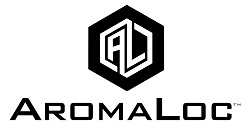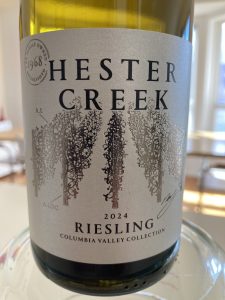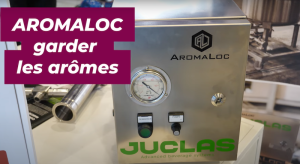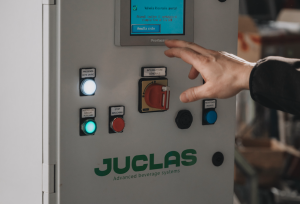The international wine industry is facing an unprecedented trifecta. A marked drop in production in most of the world’s leading wine producing nations, a reduction in overall quality of harvested gapes — both climate-related — and a decline in global consumption, present winemakers with significant challenges.
Just as AromaLoc, whose non-invasive technology enhances the quality of wine, announced it had entered into a global licensing arrangement with Italy-based JUCLAS, the International Organisation for Vine and Wine (OIV), reported that world wine production is set to fall to its lowest level since 1961 this year, hit by soaring temperatures and extraordinary flooding. Fuelling that decline are expected drops of 12% and 14% in output in Italy and Spain, the world’s biggest and third-biggest producers in 2022, respectively.
Climate change is having a “tremendous” impact on wine production, according to Giogio Delgrosso, head of statistics at the OIV.
Delgrosso said that, in the past, extreme weather would strike every few years to interrupt long stretches of healthy, abundant harvests. “Now extreme climate events are always happening. Every year there’s something.”
This year, heavy rainfall has helped mold spread through vineyards in central and southern Italy, while a severe drought and soaring temperatures have blighted vineyards in Spain.
Other major wine producers, including Australia, South Africa and Chile, are expected to suffer drops of between 10% and 24% in output this year, according to OIV data, as floods, wildfires, droughts, and fungal disease have hammered vineyards.
Climate events can not only reduce the overall quantity of grape production — they can also have a negative impact on wine quality.
The changing climate is helping others, however. Output in the United States, the world’s fourth-largest producer, is forecast to grow 12% this year. Greg Jones, a climatologist and chief executive of Abacela, an Oregon-based winery, told CNN that, half a century ago, the state couldn’t grow grapes. Now, he said, rising temperatures have made Oregon “one of the top producing regions in the country.”
In addition, globally, wine consumption has fallen about 6% between 2017 and 2022, OIV data shows, as consumers have changed their drinking habits and inflation has eroded their disposable income. That means nearly 1.9 billion fewer wine bottles were drunk last year than in 2017.
Estimates for this year, cited by the European Commission in June, show even steeper declines across European countries, suggesting the trend may be accelerating.
Obviously, climate changes and their impact on specific grape producing regions and evolving consumer tastes will continue to challenge winemakers. In this context, a proven, cost-effective, non-invasive quality enhancing technology like AromaLoc offers some significant potential benefits.
When AromaLoc is used during fermentation, the resultant wine will reflect enhanced complexity, character, aroma, and mouthfeel when compared with wines made without AromaLoc’s easy-to-use technology. This improvement (which is both lab-tested and proven through countless sensory tastings working with commercial wineries in Europe and the Western Hemisphere) allows winemakers to produce wines at as high a quality level as possible. And this, in turn, has the potential to allow wineries deploying AromaLoc technology, to keep and/or win back consumers, pointing to the quality of their wines when compared with non-AromaLoc competitors. In some cases it may even allow wineries to command a higher price for their finished products.
In a setting where, in most wine-producing regions, both production levels and grape quality are down, along with global wine consumption, AromaLoc’s technology may emerge as an effective counterbalance to climate change-induced inferior grape quality.
For further AromaLoc technical and sales information, please contact:
info@juclas.it




